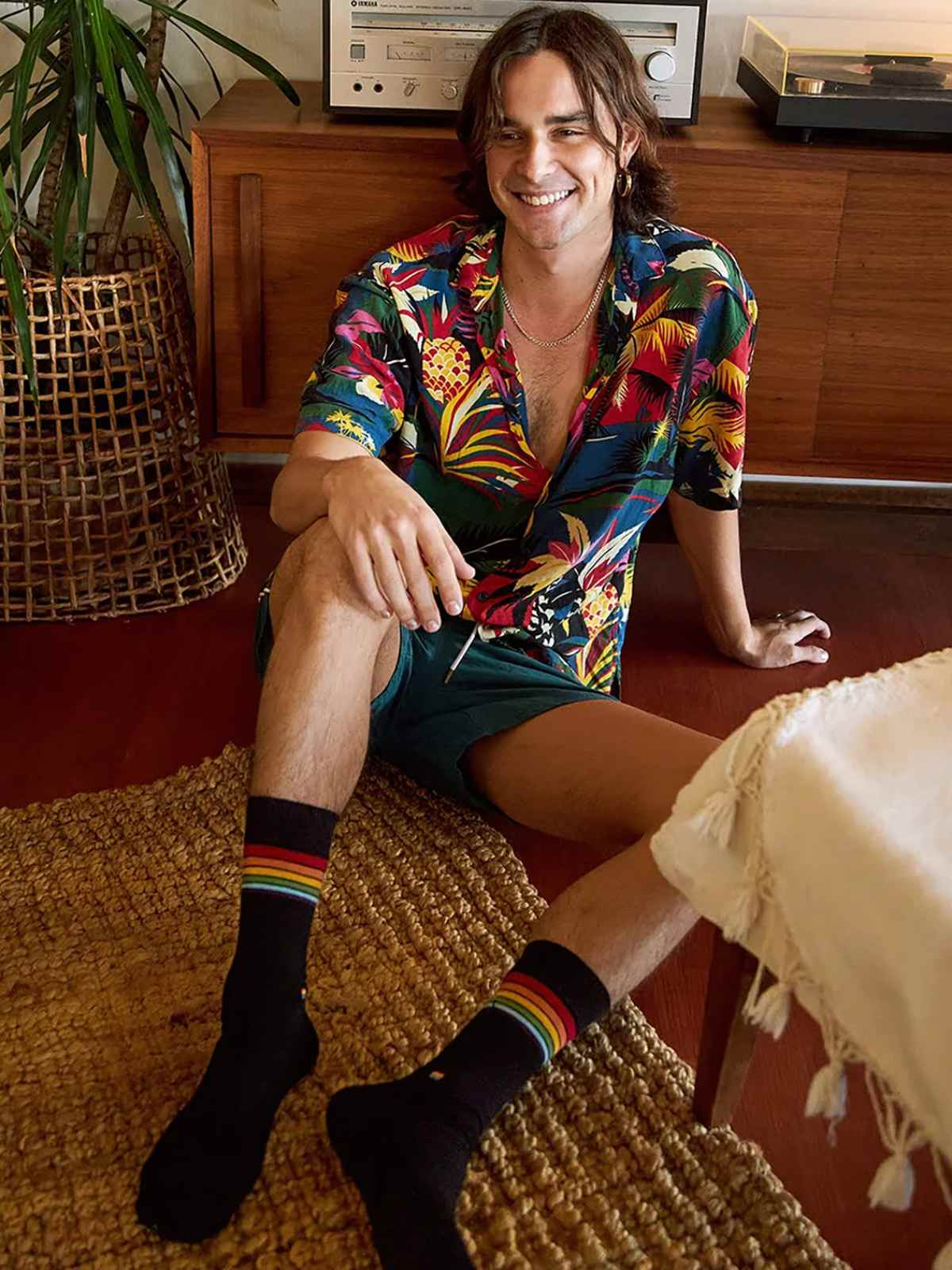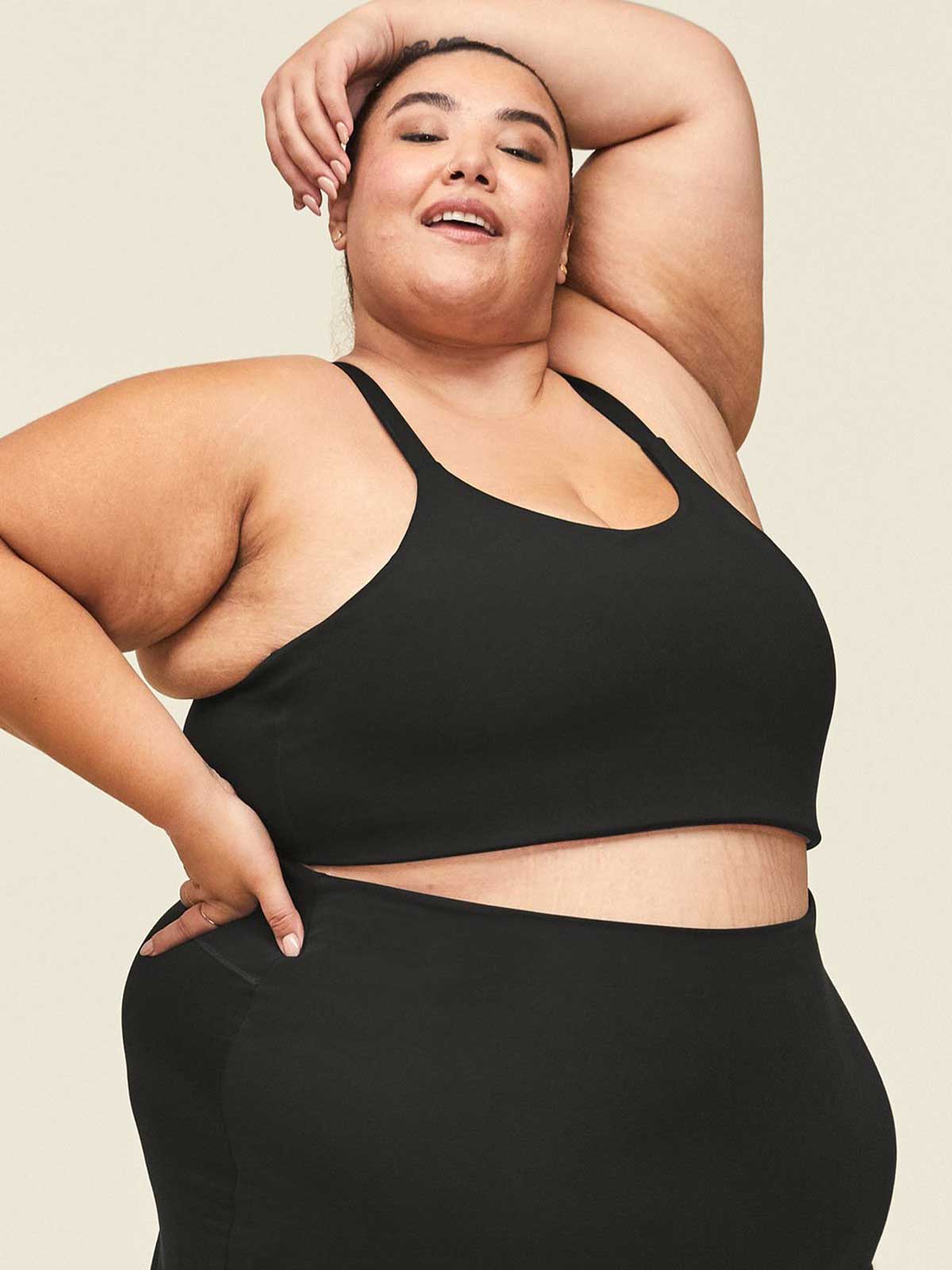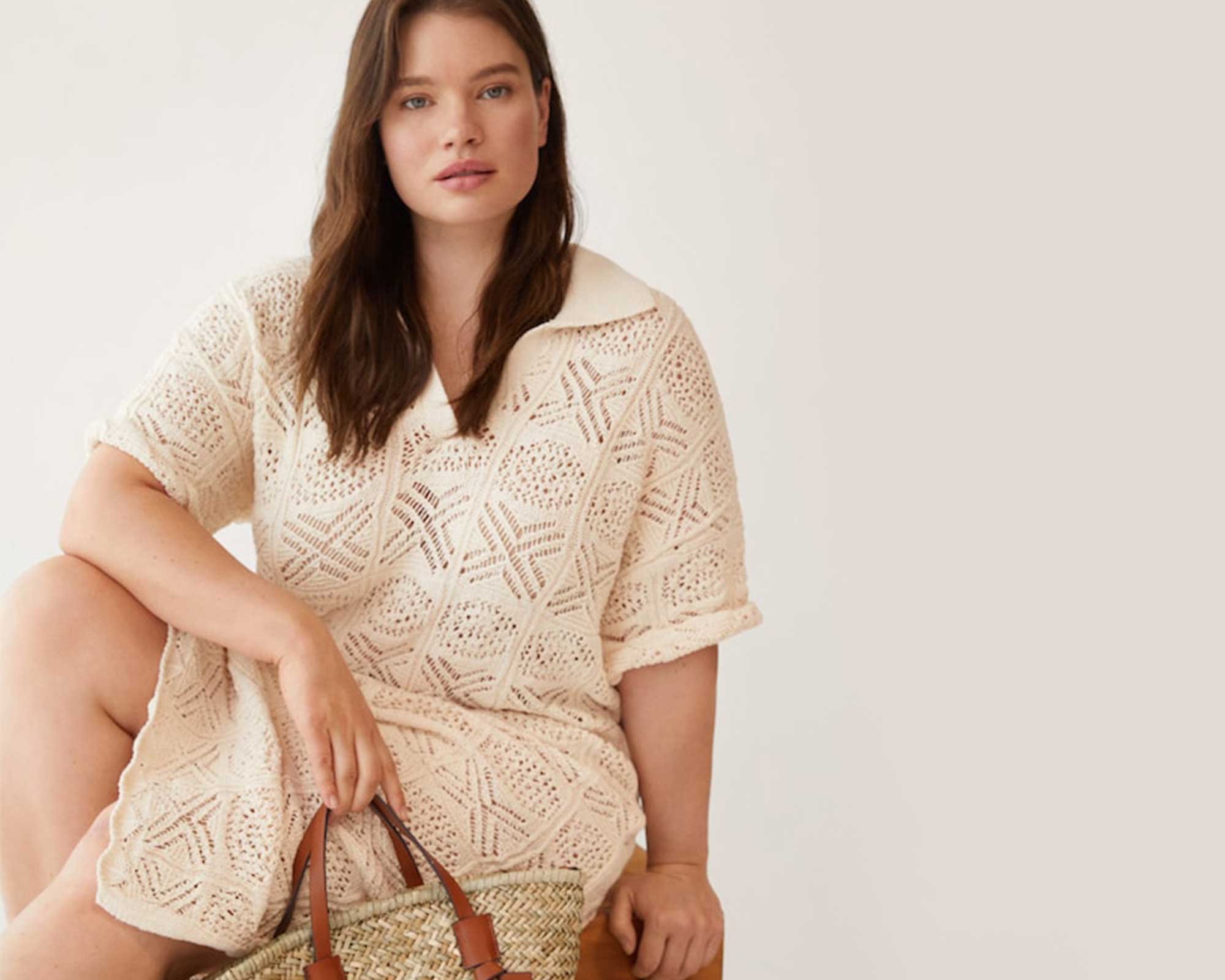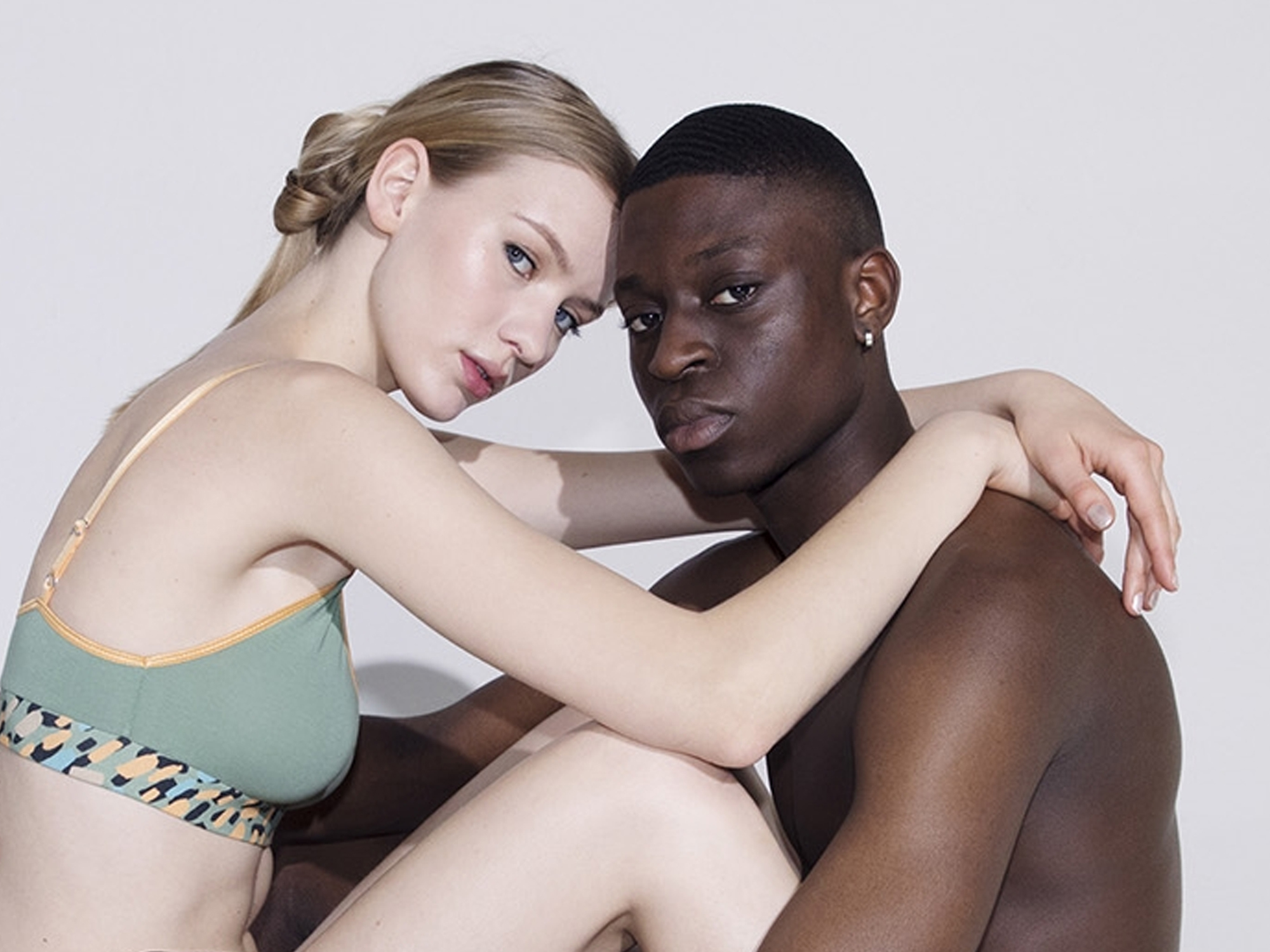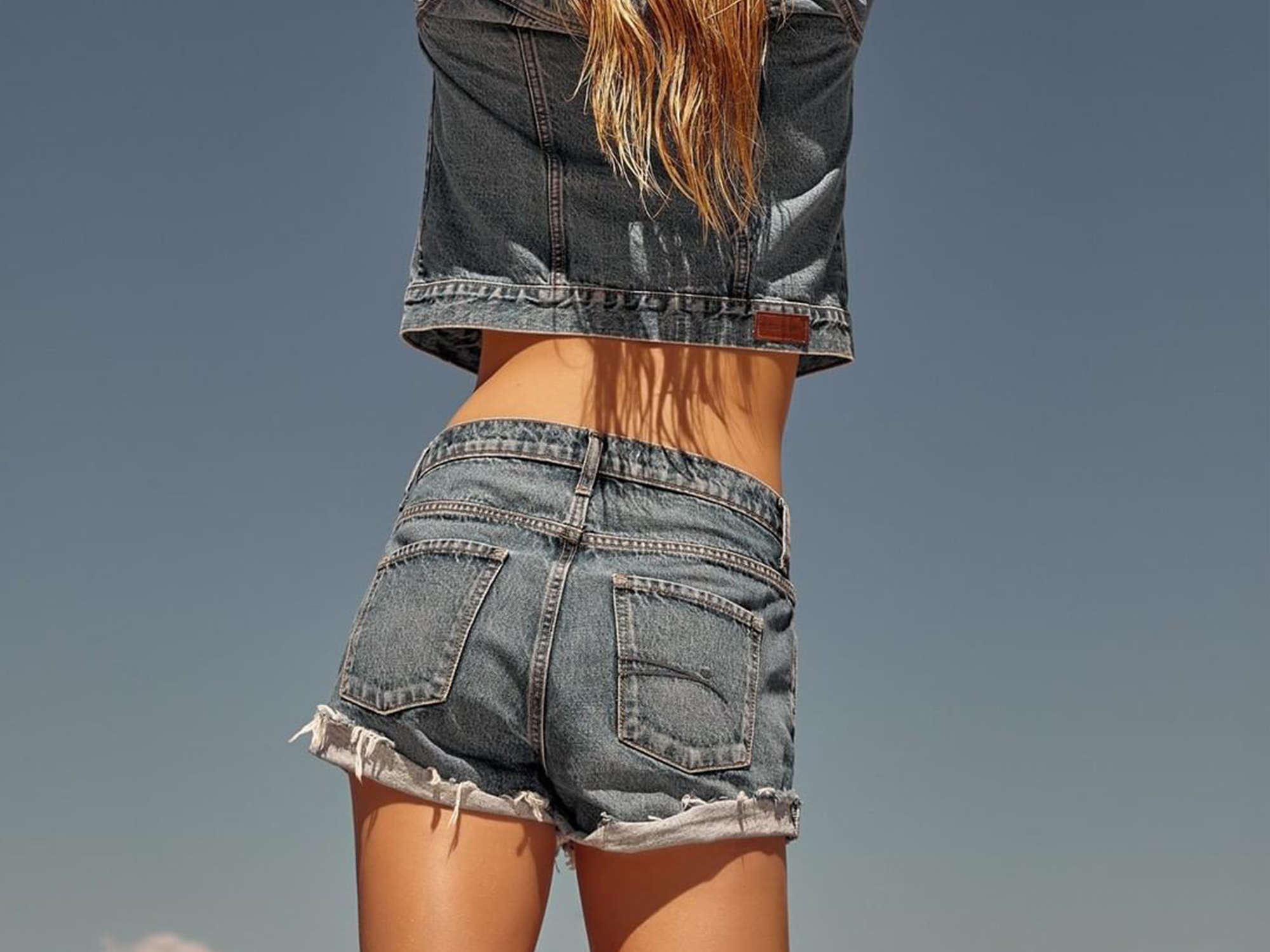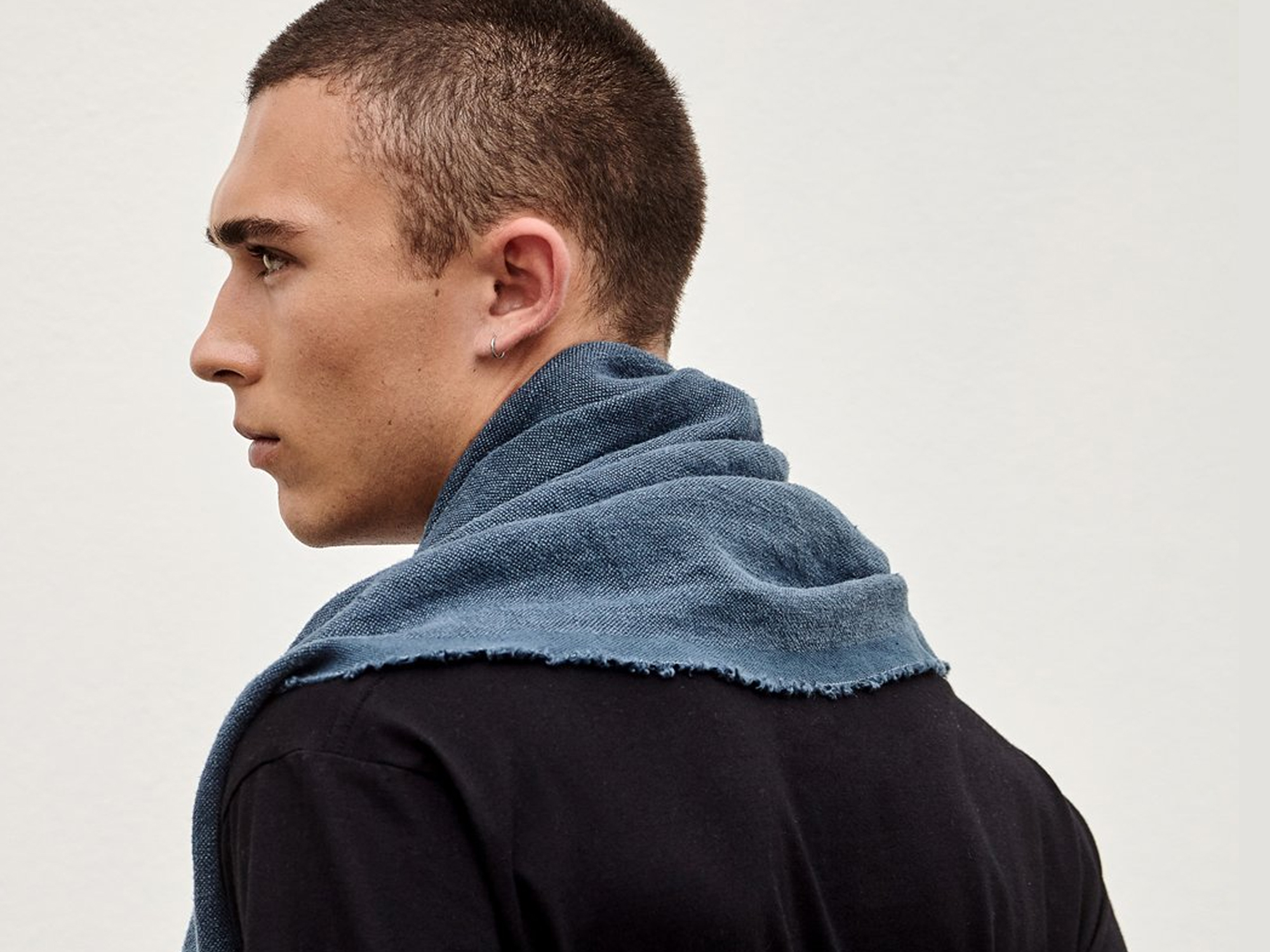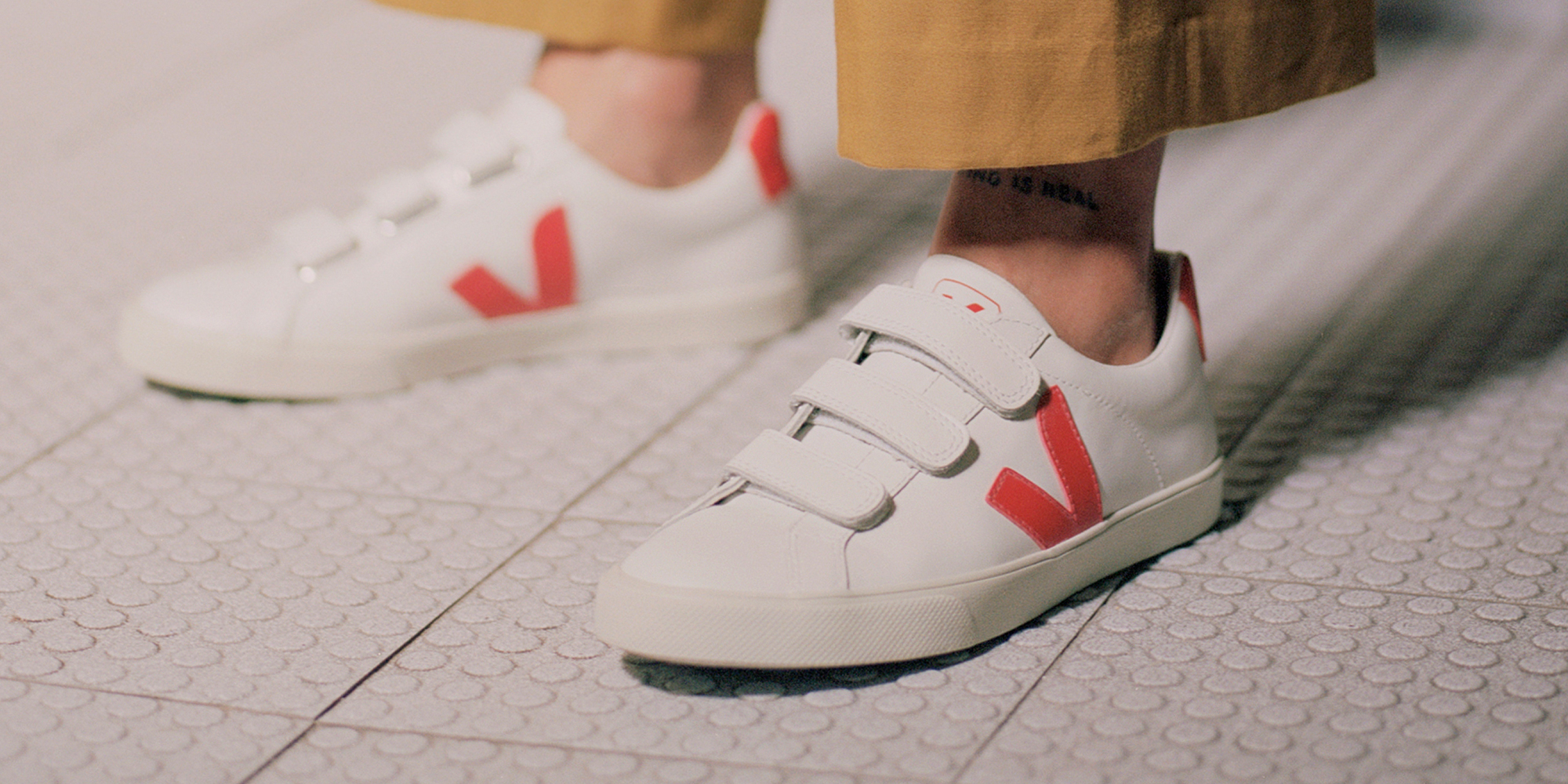Our editors curate highly rated brands that are first assessed by our rigorous ratings system. Buying through our links may earn us a commission—supporting the work we do. Learn more.
Founded in 1984 by brothers Isak Andic and Nahman Andic in Barcelona, Mango is one of the leading fashion retailers, and aims to inspire the world by sharing its passion for Mediterranean style and culture.
With its feminine style and timeless classics, Mango is often compared to Zara and other Inditex-owned brands. But Mango has a mind and aesthetic of its own and has grown to have over 1,200 stores in more than 90 countries worldwide.
But what about Mango’s impact on our planet and its inhabitants? It has been reported that the Spanish brand is making progress on the sustainability front, so today we take a closer look at Mango’s environmental and social practices. We ask, how ethical is Mango? This article is based on the Mango rating published in February 2022.
Environmental Impact
Mango uses some eco-friendly materials, including organic cotton. However, we found no evidence the brand reduces its carbon and other greenhouse gas emissions in its supply chain, that it implements water reduction initiatives, or that it has taken meaningful action to reduce or eliminate hazardous chemicals. Despite some progress when it comes to the materials used, Mango still has a long way to go and its environmental impact is ‘Not Good Enough’.
Labour Conditions
Mango’s labour rating is also ‘Not Good Enough’. While some of its supply chain is certified by Business Social Compliance Initiative Code of Conduct – BSCI and Sedex Members Ethical Trade Audit – SMETA Best Practice Guidance in the final stage of production, the brand is not fully transparent about its practices, having received a score of 21-30% in the Fashion Transparency Index. Mango likely publishes information about its supplier policies, audits and remediation processes, but it does not publish a comprehensive list of suppliers or information about forced labour, gender equality, or freedom of association. What’s more, when the Rana Plaza collapsed and killed thousands of garment workers in Bangladesh in 2013, Mango refused to disclose its donation to the fund set up by the ILO to collect compensation for the victims. We also found no evidence Mango ensures payment of a living wage in its supply chain, or that it has adequate policies or safeguards to protect suppliers and workers in its supply chain from the impacts of COVID-19.
Animal Welfare
While Mango uses wool, leather, exotic animal hair, and down, it stopped using fur, angora, and exotic animal skin. The brand has a general statement about minimising animal suffering but not a formal animal welfare policy, and we found no evidence it traces any animal products to the first stage of production. ‘Not Good Enough’!
Overall Rating: Not Good Enough
Mango’s progress on sustainable fibres is not enough to give a rating higher than ‘Not Good Enough’. The Spanish brand needs to start disclosing more information about its labour and animal welfare practices, but most importantly it needs to ensure its workers are paid a living wage and are protected from the impacts of COVID-19.
Note that Good On You ratings consider 100s of issues, and it is not possible to list every relevant issue in a summary of the brand’s performance. For more information, see our How We Rate page and our FAQs.
The good news is that we’ve found some fantastic alternatives to Mango! The brands below capture Mango’s Mediterannean essence without the negative impacts on the planet, people, and animals.
Good Swaps
Sustainable alternatives to Mango
